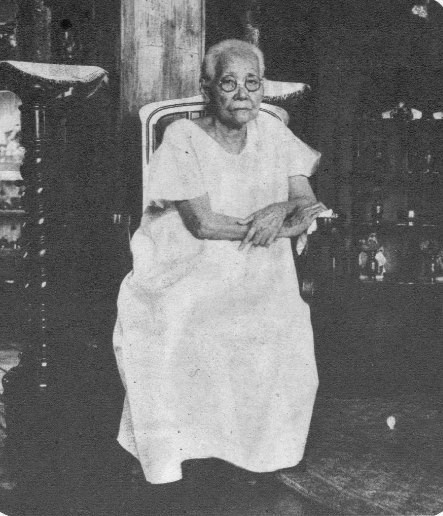Katipunan Vignettes: Troadio Bonifacio and the Two Filipino Pearl Divers

Who was Troadio Bonifacio? The Katipunan Supremo, Andres Bonifacio, had three brothers—Ciriaco, Procopio, and Troadio. Both Ciriaco and Procopio were active participants in the Katipunan movement alongside their elder brother. Unfortunately, the two of them, together with Andres, met their tragic end during the power struggle that ensued after the Tejeros Convention. Meanwhile, we know little of Troadio. Who was he? Was he also somehow connected with the movement his elder brother founded? According to Hermenegildo Cruz, the author of the quasi-biography of Andres Bonifacio titled "Kartilyang Makabayan: Mga Tanong at Sagot Ukol Kay Andrés Bonifacio at sa KKK," Troadio Bonifacio played a crucial role in the acquisition of a printing press for the Katipunan. In Chapter 8, Question 43 of the book, it is noted that Troadio, the youngest Bonifacio brother, returned from Australia accompanied by two fellow Filipinos named Francisco Castillo and Camilo Iban. Checking Teodoro Agonc...


.jpg)

.png)

